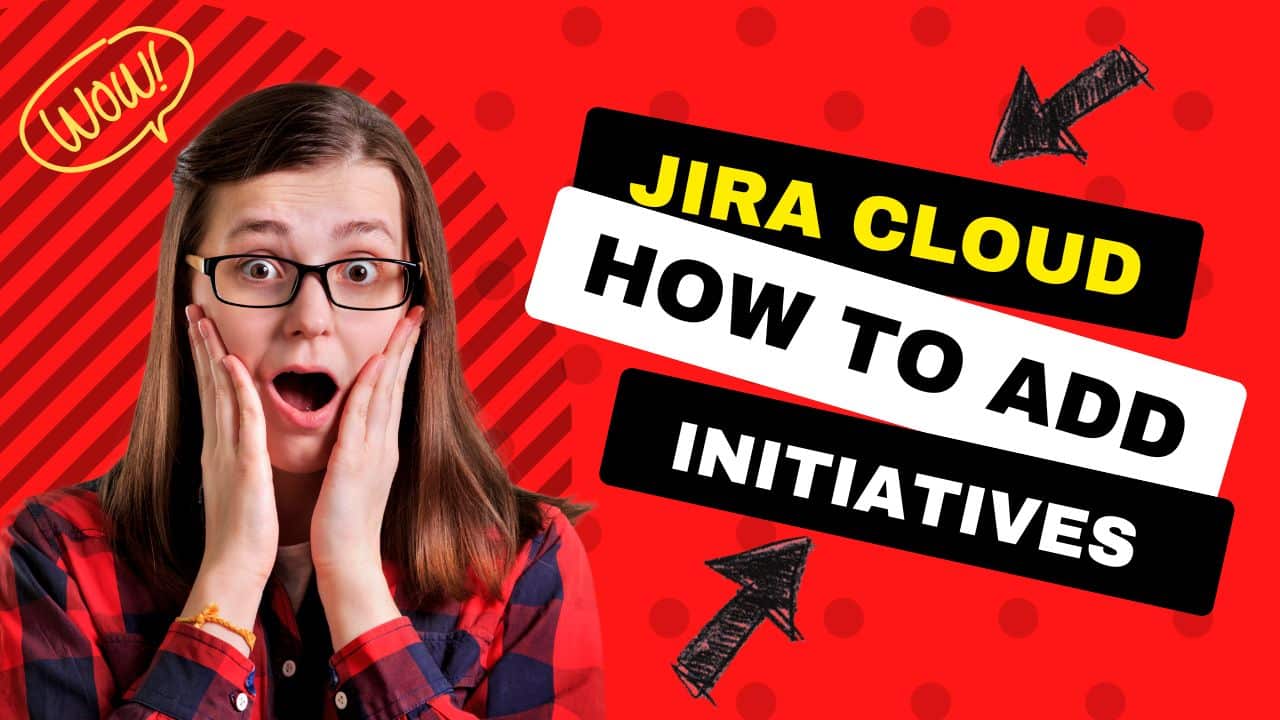Want to add initiatives above your epics in Jira? There’s a catch.
Most teams hit a wall when their project hierarchy gets complex. You’ve got epics, stories, and subtasks—but what happens when you need something bigger than an epic? Something to group multiple epics under a single strategic goal?
That’s where initiatives come in. Think of them as the top level of your hierarchy: initiatives contain epics, epics contain stories, stories contain subtasks.
Here’s the problem: Jira only supports three hierarchy levels by default. And here’s the bigger problem—you can’t add initiatives unless you’re on Jira Premium (the $15/user plan). The standard $7.50 plan won’t cut it.
But if you’ve got Premium access, adding initiatives is actually straightforward. It’s a five-step process that involves creating a custom issue type, setting up advanced hierarchy configuration, and using Jira’s Plans feature (formerly called Portfolio).
The real benefit isn’t just the extra hierarchy level—it’s having proper strategic visibility. You can map multiple epics to initiatives, track progress at the portfolio level, and give stakeholders the high-level view they actually want to see.
Fair warning: this requires Premium, and I’ll show you exactly how to set it up without breaking your existing project structure.
What Are Initiatives? 🌟
Before delving into the how-to, let’s clarify what initiatives are. Initiatives are essentially a higher-level categorization above epics. While Jira typically supports three levels—epics, stories, and subtasks—initiatives allow you to group multiple epics under a broader goal. This hierarchical structure helps you manage and visualize larger projects more effectively.
The Importance of Jira Pro Version 🏆
One crucial aspect to note is that adding initiatives is only possible if you have the Jira Pro version. Many users overlook this detail, but it’s essential for fully utilizing Jira’s capabilities. The Pro version offers features like advanced roadmaps, which are vital for managing initiatives. Without it, you may find yourself limited to the basic functionalities of Jira.
Understanding Jira’s Hierarchy 📊
To visualize how initiatives fit into Jira’s hierarchy, here’s a quick overview:
- Initiatives: The highest level, encompassing multiple epics.
- Epics: Large bodies of work that can be broken down into smaller tasks.
- Stories: User-centric features that describe what the user needs.
- Subtasks: Smaller tasks that fall under stories.
This structure allows for better organization and prioritization of tasks, ensuring that every team member knows their responsibilities and the project’s overall direction.
Steps to Add Initiatives in Jira Cloud 🚀
Adding initiatives in Jira Cloud is a straightforward process that can be broken down into five simple steps. Follow along as I guide you through each step.
Step 1: Create a Scrum or Kanban Project 📅
First, you need a project to work within. Whether you choose a Scrum or Kanban project doesn’t matter much at this stage. Just ensure you have the right project settings based on your team’s workflow.
Step 2: Add a New Issue Type for Initiatives 🛠️
Next, navigate to the “Issues” section in Jira and select “Issue Types.” If you do not see “Initiatives,” you will need to add it manually. Click on “Add Issue Type,” name it “Initiative,” and save your changes. This is a crucial step in establishing the new hierarchy level.
Step 3: Create Your First Initiative 📝
Once you’ve added the issue type, it’s time to create your first initiative. Go to your project, select “Create,” and choose the type “Initiative.” Fill in the necessary details and save it. You might wonder where this initiative will appear; typically, it should show up in your backlog, but this can vary based on your configuration.
Step 4: Configure Advanced Roadmap Hierarchy 🔧
Now, you’ll need to set up your advanced roadmap hierarchy. Navigate to the “Plans” section of your Jira project and create a new plan. Ensure you have the necessary permissions to access this feature, as it is exclusive to the Pro version. Here, you can add “Initiatives” to your hierarchy, linking them effectively to your epics.
Step 5: Link Initiatives to Epics 🔗
The final step involves linking your initiatives to existing epics. You can do this by dragging and dropping the epics under the initiative in your plan. Once you’ve made the connections, review your changes to ensure everything is correctly mapped.
Managing Initiatives on Backlog and Sprints ⚙️
One common question is whether initiatives should appear in the backlog or active sprints. If you prefer not to see them in these areas, you can adjust the filter settings in your board configuration. By editing the filter query, you can exclude initiatives from the backlog, ensuring a cleaner view focused on actionable tasks.
Frequently Asked Questions (FAQs) ❓
Can I add initiatives in the free version of Jira?
No, initiatives can only be added if you have the Jira Pro version. The free version does not support this feature.
What is the benefit of using initiatives in Jira?
Initiatives provide a higher-level organizational structure that allows for better project management, enabling teams to align their work with broader business goals.
How do I ensure that my initiatives are displayed correctly?
Make sure you configure the issue types and hierarchy settings properly. If you still face issues, double-check your project settings and permissions.
Conclusion: Elevate Your Jira Kanban Experience 🚀
Adding initiatives in Jira Cloud can significantly enhance your project management capabilities, especially when working with larger projects that require a clear hierarchical structure. Remember, this functionality is available only in the Jira Pro version, so ensure you have the right plan for your needs. By following the steps outlined in this guide, you can streamline your workflow and improve team collaboration. If you have any questions or need further assistance, feel free to reach out or join our community for more resources and support!

